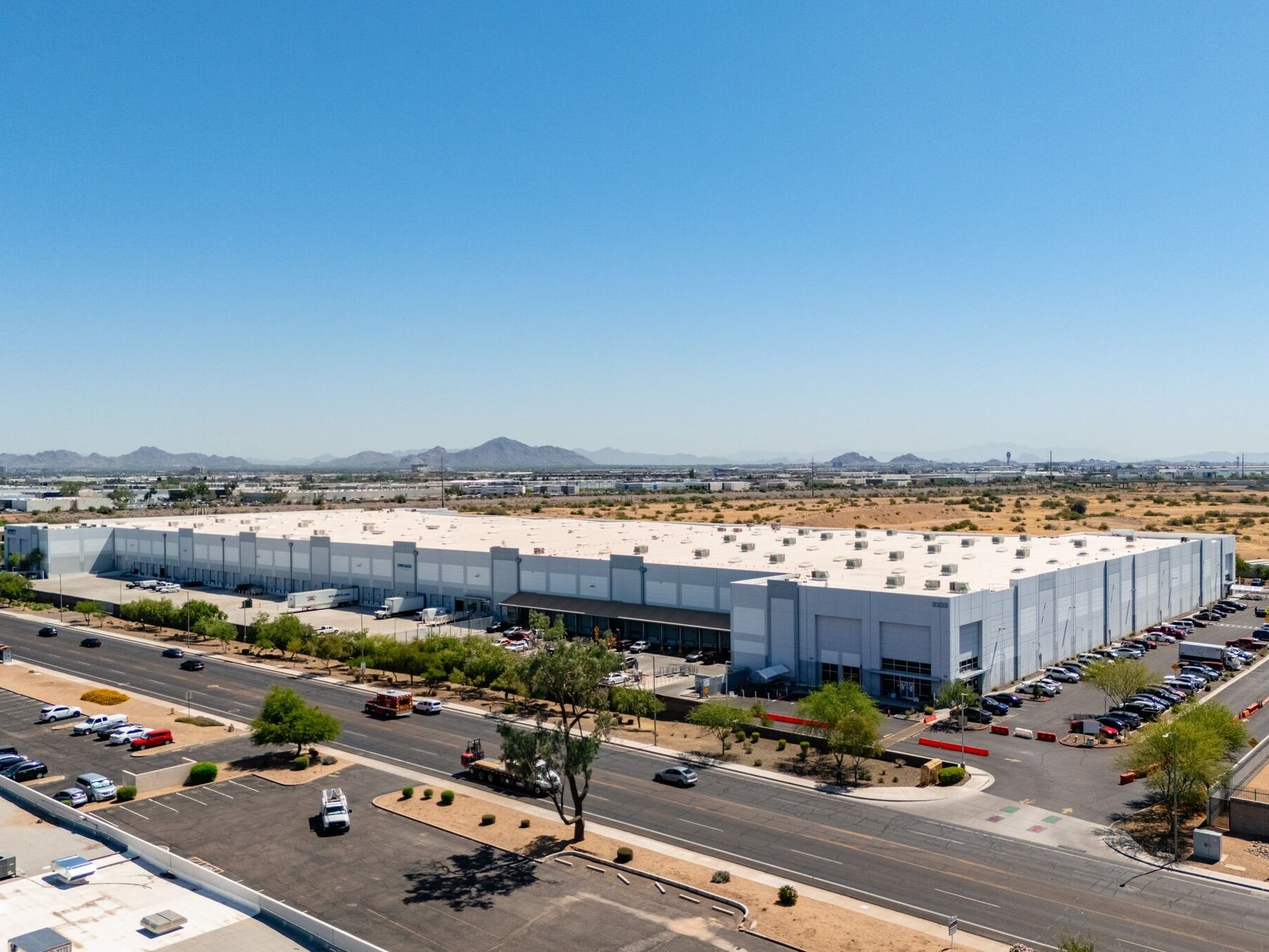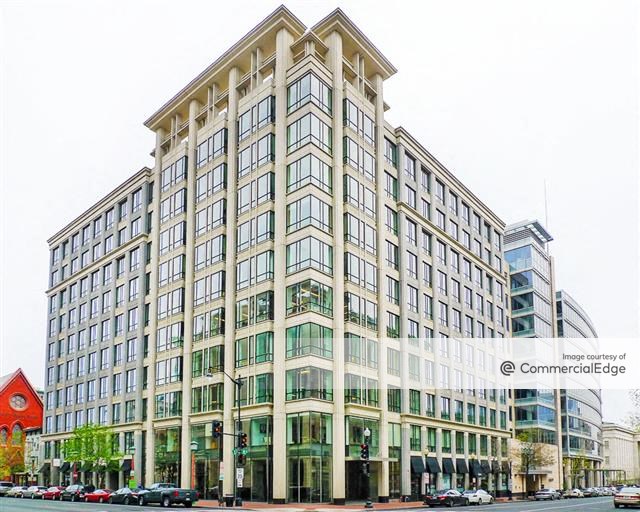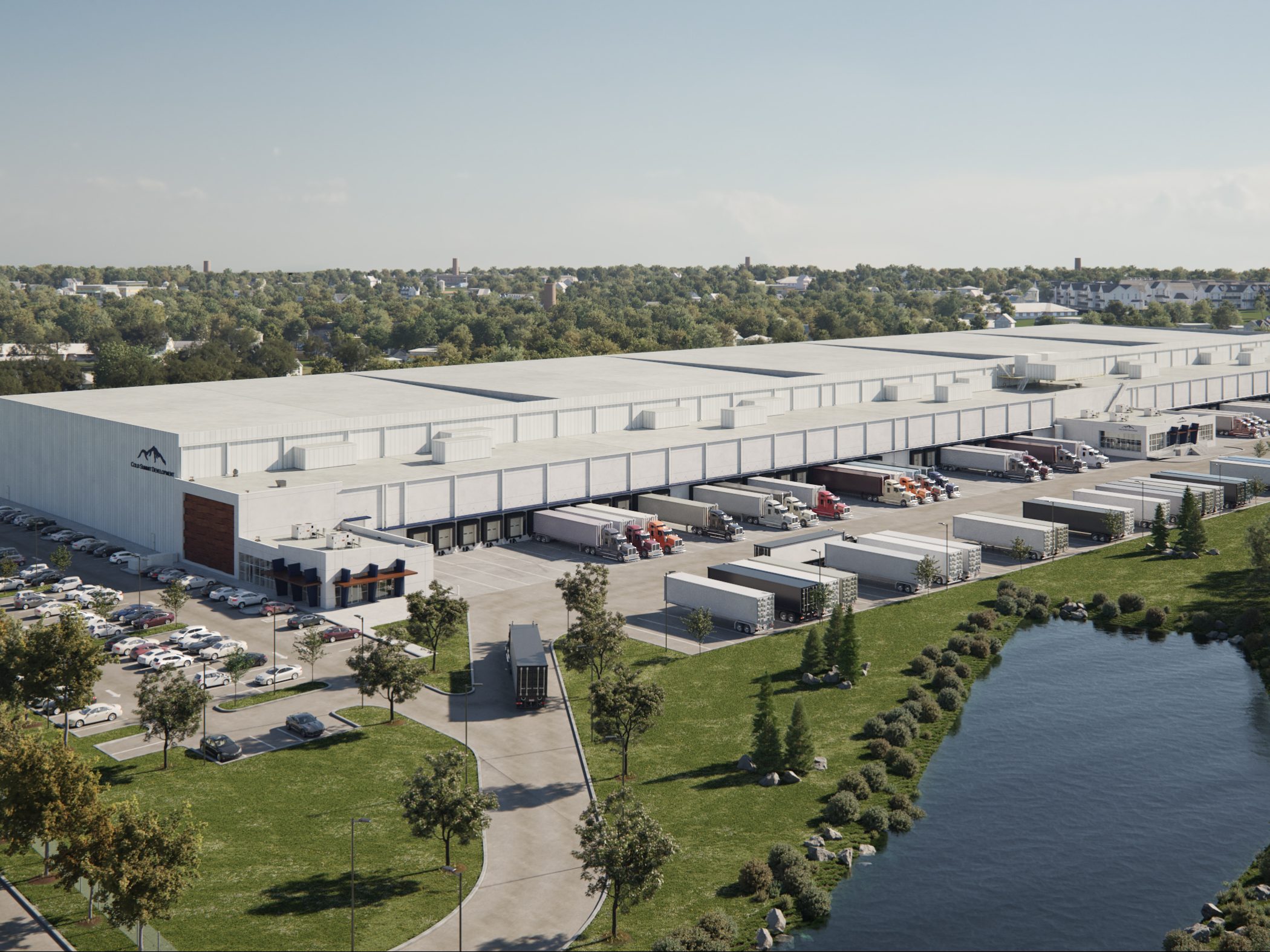Opportunities & Risks: The 35K-Foot View
December 3, 2014
By Robert Bach, National Director of Market Analytics, Newmark Grubb Knight Frank: What are the five top opportunities and five top risks facing property investors? Find out here.
By Robert Bach, National Director of Market Analytics, Newmark Grubb Knight Frank
Just before Thanksgiving, NGKF released its Global Cities report, prepared in partnership with our analyst colleagues in Europe, Asia-Pacific and Latin America. It’s an interesting thought piece covering all sectors of commercial real estate, unified by its emphasis on global gateway markets and the premise that the renaissance of these markets will continue.
One of the sections gives a rundown of the five top opportunities and five top risks facing property investors. Although the discussion focuses on residential properties, it is also applicable to commercial. Here they are in an abbreviated form:
Top Five Opportunities
- New wealth creation in emerging markets. The growth in ultra-high net worth populations (investors with more than $30 million in investable assets) is set to rise by 28 percent over the next 10 years. Much of their wealth will be invested in real estate.
- Improving economic fortunes. A multi-speed recovery is underway across the globe. European, Asian and Latin American countries occupy a wide range of positions along the economic spectrum, offering an equally wide range of entry points for investors depending on their comfort levels.
- Safe haven trend. In an increasingly volatile global landscape, traditional safe-haven markets such as the U.S. “top six” – Boston, New York, Washington, Chicago, San Francisco and Los Angeles – will continue to attract investors.
- Prices expected to reach their floor, attracting new investors. In markets not viewed as safe havens, prices have fallen enough to attract investors’ attention. The report cites Paris and Rome. The same trend is underway in the U.S. where yield-hungry investors scour secondary markets for opportunities.
- Infrastructure. London and Paris have major rail projects underway – London’s Crossrail and the Grand Paris Express. But the definition of infrastructure is broader, encompassing electrical grids, water supply, sewers and roads. In the U.S., the recent emphasis is on pedestrian and biking facilities such as the High Line in New York and the Cultural Trail in Indianapolis.
Five Top Risks
- Removal of government stimuli. Over some period of time, probably years, central banks across the globe will return monetary policy to pre-crisis levels. Higher interest rates may translate into higher cap rates.
- Currency instability. Prospects for a stronger dollar, in concert with the strengthening domestic economy, will make it costlier for offshore capital to find a home in the U.S.
- Political Intervention. Tighter government regulations in the wake of the financial crisis could impact real estate investors. In the U.S., the Foreign Investment in Real Property Tax Act (FIRPTA) has long imposed costs on offshore investors that domestic investors don’t face. More recently, the European Union’s Alternative Investment Fund Managers Directive (AIFMD) may limit access to capital by hedge and private equity funds.
- Economic reversal. This could affect sovereign wealth funds in particular, constraining their pool of capital for investment in the U.S.
- Tax. This could become an issue as governments look for ways to pare down their debt.







You must be logged in to post a comment.